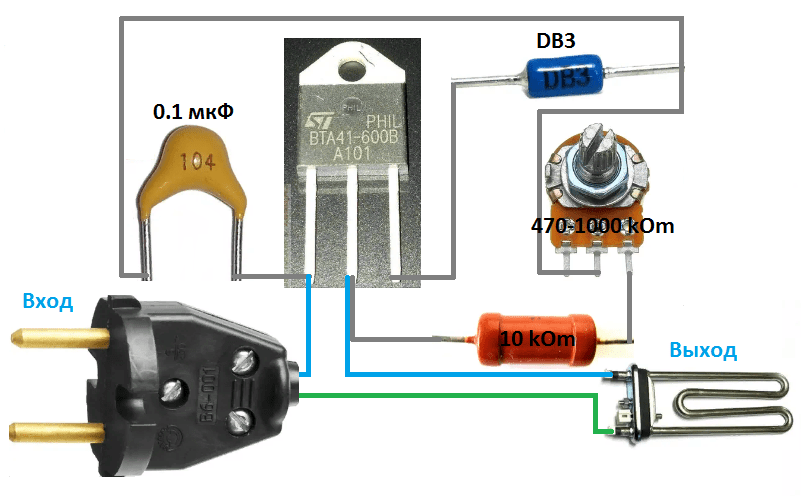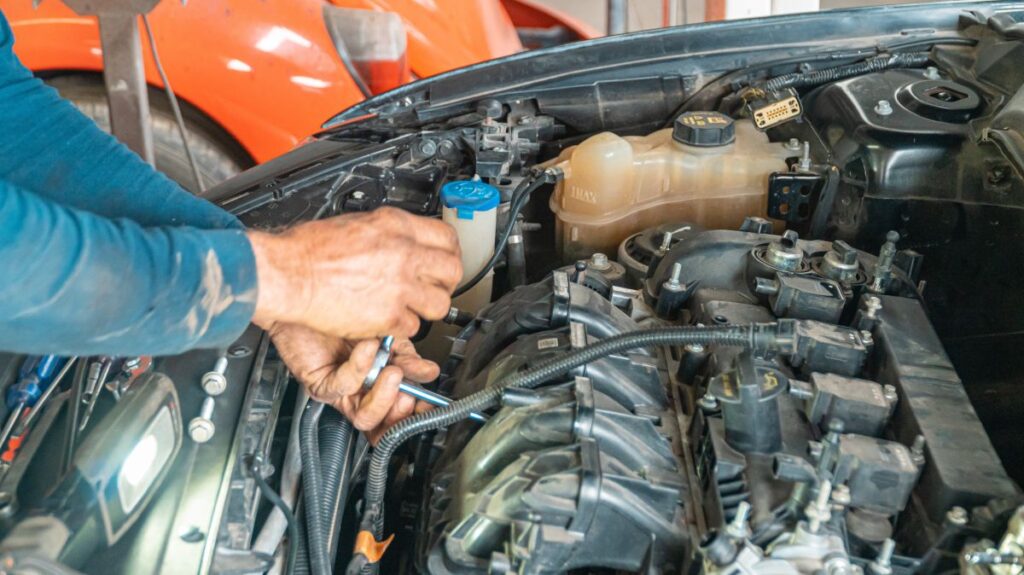
Voltage regulator - how to avoid failure?
Content
Voltage regulator an element that supports charging a car battery. The electricity in the car is generated by a generator. The regulator does not always maintain the same voltage. It depends on the engine speed. The rule of thumb is that 0,5V should not be exceeded. Vibrations can load the generator. This component can often overheat, for example, when the heating and seat heating are switched on at the same time. How to avoid problems with the generator voltage regulator and take care of it? Read article!
Correct operation of the voltage regulator in the car
The device must maintain a constant voltage, which is generated by an alternator or generator. If the regulator maintains the same voltage when the engine is idling and at high speed, this is a sign that it is working properly. Charging voltage in generator voltage regulator should be between 14,0 and 14,4 volts. It must be remembered that this parameter depends on the condition of the car. The older the car, the more the voltage will drop. This element needs to be replaced every few years and checked frequently.
Voltage regulator - how to check?
It's easy because all you need is a voltmeter or multimeter. The counter is available in every auto shop and even in large supermarkets. This device is not expensive and will be easy to use. Remember that the meter must be correctly positioned, because thanks to this you will see a reliable measurement result on voltage regulator.
How to measure?
You can perform a voltage measurement in a few steps:
- check the smoothness of the current flow between the generator and the regulator;
- set the appropriate value of direct current on the meter;
- measure the voltage several times in different configurations;
- compare the results with the manufacturer's data.
The results are listed in the vehicle's owner's manual.
The generator is an important part in the mechanism
The generator has its main windings in the stator, not the rotor. Since the battery needs to be recharged, it is equipped with a silicon diode rectifier. The generator has a built-in voltage regulator. Here are tips on how to connect a voltage regulator to a generator:
- connect the voltage regulator to the appropriate input and check the generator type before installation;
- after turning the key, connect the power;
- put another contact on the generator brushes;
- connect a charging indicator light or relay to the cube to indicate charging.
Connecting a generator voltage regulator is not difficult and you can do it yourself at home.
Installing the generator
When installing a generator, you must:
- put the generator in place of the generator and fix it;
- install the belt on the pulley;
- tension the belt correctly with the tensioner;
- connect the electrical wires to the starter and signal lamp.
Failure of the voltage regulator in the electrical system

Sometimes the voltage regulator fails. Symptoms are characterized by the fact that the regulator holds the voltage only at low engine speeds. When power is added, there may be a sudden or slow drop in electricity. How will you observe the failure of the voltage regulator? Symptoms - difference in operation at extreme speeds. There are situations in which, during intensive engine operation, the voltage is kept ideally, and at low speeds it is almost invisible.
Burnt voltage regulator - symptoms
You can recognize an overheated regulator by blown rectifier diodes. Overheating can occur due to assembly errors, i.e. improper connection of the battery cables. The diodes responsible for charging the battery burn out during a sudden short circuit. As a result, the entire regulator fails.
Burnt out stator
The stator is the part of the alternator that generates electricity. It can burn out due to the heavy load on the generator. The load, of course, leads to overheating. The result is the destruction of the insulation and a short circuit to the ground.
Generator voltage regulator - signs of failure
Another sign of a broken generator voltage regulator the belt can break too. This element can be damaged by improper assembly, but often breaks from old age. If the belt breaks, there is no big problem, because it is enough to replace it with a new one. Sometimes you need to check if some elements of the system are blocked after the belt breaks. In this case, it is necessary to determine what caused the broken belt and fix the problem as soon as possible.
Buying a new voltage regulator - what you need to know?
If this element fails, the only way out is voltage regulator replacement. You must purchase an original product that will fit the car correctly and will not damage it. Cheap substitutes only hold voltage for a short time and need to be replaced quickly, so the savings are only apparent.
When replacing equipment, remember to select a quality product that will ensure efficient operation of the entire alternator system. You should not stop at non-genuine products, because soon you will have to replace the regulator again. If you're having trouble charging, the problem might not be with the alternator, but with the voltage regulator., worth checking often.
